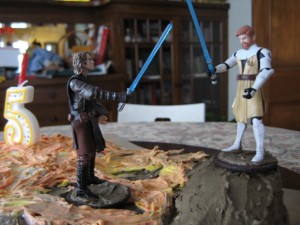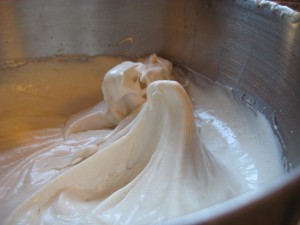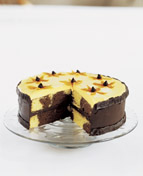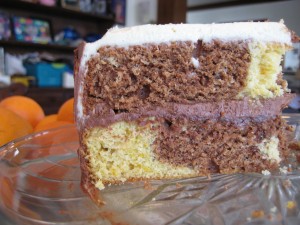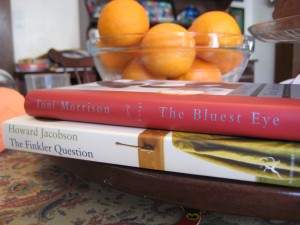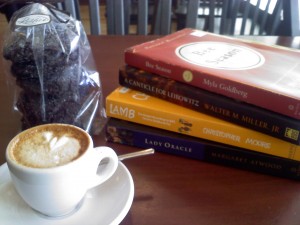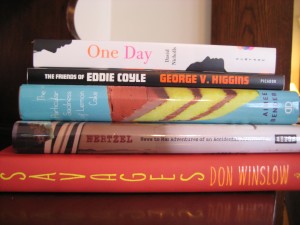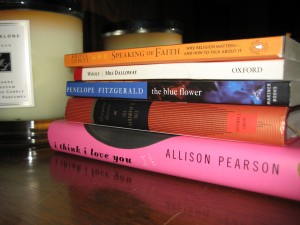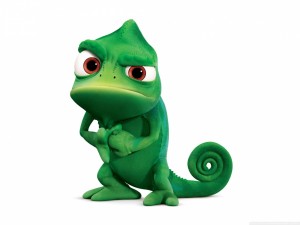
Emma Donoghue’s Room arrived to much hoopla last fall. This was largely due to its explosive subject matter, a mother raising her now-five-year-old son in a small room. The boy, Jack, knows nothing of the outside world, and narrates the book.
Here’s what I can say without spoilers: this is a powerful book about a mother and son. The author, for the most part, pulls off the tricky feat of the five-year-old narrator. This is not a happy-sunshine book, but neither is it apocalyptic doom. It’s provocative and well worth reading not only for its many merits, but also to talk about it later. Those who might want to avoid it are readers averse to stories with deadbeat fathers, child-in-danger motifs, or violence/rape of women, though these last were not graphic.
SPOILERS AHEAD:
***
Seriously, spoilers. Don’t read if you haven’t read it. You don’t want to know.
I was amazed by the powerful narrative of the beginning of the book, and impressed with the slow accretion of facts filling in the background of the little boy and his mother, Ma, and how they came to be in Room. I loved the proper naming of everything in their tiny space, like Bed, Toilet, and Meltedy Spoon. I was impressed by the energy and ingenuity of Ma and the many ways she invented to raise Jack in isolation. For the first half, I felt compelled to read the book. It had a very high must-know-what-happens quotient. I was also impressed by how the author raised anxiety to a breaking point in me as a reader, then changed the setting to the outside world. I could feel what Jack and Ma were feeling throughout, and other characters as well. The psychology and motivations are very well done even if often squirm-inducingly uncomfortable.
The second half of the book, in the outside world, wasn’t as compelling to me as the first for several reasons. One, Jack’s voice wasn’t as consistently believable as a young boy:
That helicopter was full of paparazzi trying to steal pictures of me and Ma.
Two, everyone from the outside was either continually insensitive (Ma’s mother, father, and brother’s family, Noreen the nurse, the Oprah-ish character, i.e. most people) or not (Officer Oh, Dr. Clay, Steppa Leo). There wasn’t a lot of variation in the way people reacted, even if I did clearly understand why some of them were being insensitive and often even empathized with them.
Three, the end of the novel became too overtly didactic at points, for example criticizing those who are uncomfortable with breastfeeding, and most parents for how they care for their children.
What was to be four, but has changed even in the writing of this, was that I found Ma without enough complexity. For the most part, she was a perfect mother, raising her child skillfully even in spite of the insane circumstances. Once outside, she continued to be a strong, vocal character, wavering little, and making sense in the face of many people’s nonsensical behavior. However, while I did understand her choice to keep the outside world from Jack until he was five, I had a very hard time with her cajoling him in the escape attempts. In the second half, many readers didn’t believe she would attempt suicide, leaving Jack on his own. I initially felt the same, but after reflection felt the opposite. Suicide is not a rational, balanced decision. It is, for most, a strong impulse to stop the pain, which Ma had in abundance. I easily believe her pain and PTSD could have overwhelmed her protectiveness of Jack, especially now that she was away from her captor and in a safe environment with Dr. Clay and Noreen on the inside, and her mother and brother on the outside. So while initially Ma struck me as not complex enough, I changed my mind.
In the end, I recommend this book. Its many strengths far outweigh the few criticisms I had, and I suspect the characters will stay with me for some time.
For two other reviews I liked see Aimee Bender’s at the New York Times and one from the Entertainment Weekly blog.
